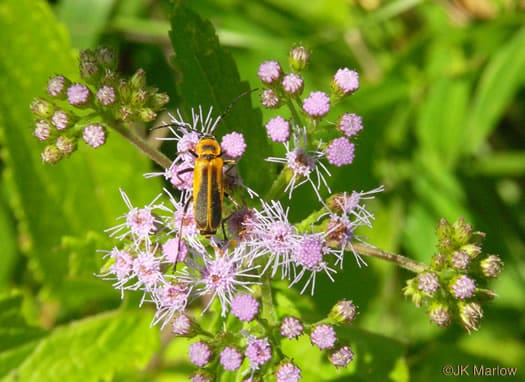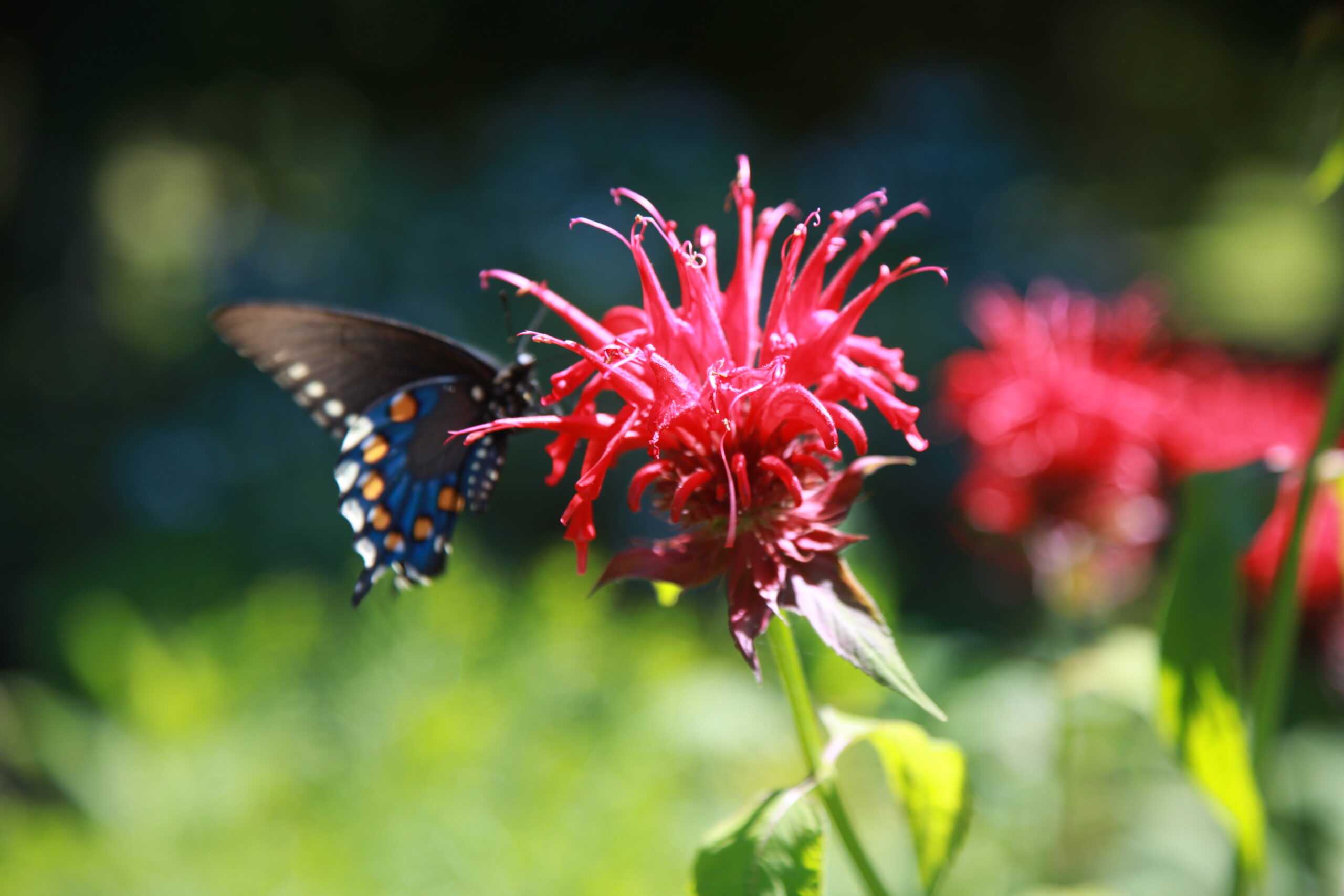Why Native Plants?
What Native Plants Are and Why They Matter
Native plant communities evolved over thousands of years along with the insects, birds, and other animals that depend on native plants for food and shelter. They bloom or produce seeds at the same time that insects and animals are looking for those food sources. Native insects, which evolved to feed on native plants, are particularly important to birds. Non-native plants may bloom or fruit at a different time, leaving animals without the support from the plants and insects with which they evolved.
These communities are threatened by development like climate change, habitat fragmentation, diseases, pests, and competition introduced from species without native predators. Preserving our native plant communities ensures longevity of the animal communities that depend on them.
Native plant communities perform a number of important functions beyond sustaining entire ecosystems. They help regulate the flow of water in flood zones, allowing it to seep back into waterways slowly. They help to filter air and water pollution—a well-functioning plant community cools the air and helps protect us from the impacts of heat. They even define what our state looks like—giving us a sense of place—as plants that fill our woods and wetlands give us a sense of belonging. For example, while certain ubiquitous introduced species such as camellias and non-native azaleas have come to symbolize portions of our state, at some level we know that tall pines are “right” and Chinese paulownia trees are not.


